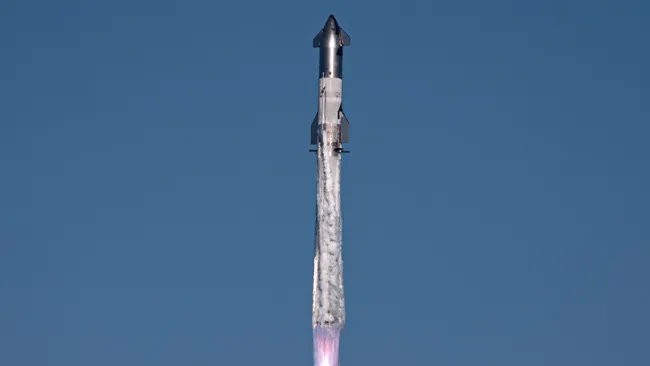[Starship on its sixth test flight. Credit: SpaceX]
Within 24 hours, two of the largest rockets ever flown made impressive flights.
Blue Origin’s New Glenn vehicle is the first rocket ever to achieve orbit on its maiden flight. SpaceX’s Starship flew for the seventh time, returning the booster to the launch pad once again for a successful capture (although the second stage experienced an explosion).
Such large rockets–New Glenn is expected to have a payload capacity of 45 metric tons, and Starship 100-150 metric tons–will stimulate the space economy by providing delivery to orbit at vastly lower prices.
But does anyone have a space program that requires 45, 100, or 150 tons in a SINGLE ORBIT? Such projects will be rare at best.
To take advantage of the predicted low costs to orbit, the company that develops refuelable orbit transfer vehicles–taking cargo from a single launch to multiple orbits–will unlock the real value of these vehicles.
Think about cargo container ships. These are by far the cheapest way of moving cargo thousands of miles. But at the unloading port, there are trucks and trains to take the cargo to many destinations.
In just the same way, orbit transfer vehicles can take cargo from New Glenn and Starship in LEO and move it to various orbits–GEO, Lagrange points, low Lunar orbit, etc.
If an orbit transfer vehicle is used only once, it’s just a third stage. But imagine if it could be refueled. That would enable the same savings that SpaceX (and soon Blue Origin) achieve by reusing their first stages.
And for maximum flexibility, those orbit transfer vehicles should be equipped with robotic arms. They can adapt to cargo of widely varied size and geometry.
Burgeoning space economy, here we come.


Recent Comments